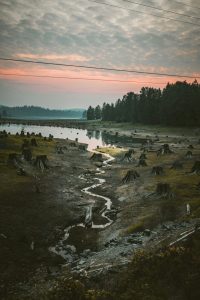“How Can I Support Wildlife Conservation?”
In today’s world, our role in protecting wildlife is more crucial than ever. Supporting wildlife conservation goes beyond just appreciating the beauty of nature; it’s about taking tangible actions that help preserve the diverse ecosystems we all rely on. Together, we can make a significant impact by supporting policies that protect endangered species, participating in local conservation efforts, and adopting sustainable practices in our daily lives. By joining hands, we ensure a brighter future for wildlife and, ultimately, for ourselves. How can we support wildlife conservation? This question often comes to mind when we come across news about endangered species, deforestation, or climate change. By understanding the ways we can contribute, both on a small and large scale, we can make a significant impact on preserving our planet’s precious biodiversity.
Understanding Wildlife Conservation
Wildlife conservation involves protecting species and their habitats to ensure that they do not disappear. It is about maintaining and restoring the natural world for future generations. A single plant or animal species often plays a crucial role in balancing its ecosystem. Hence, the loss of one species can disrupt the entire habitat.
The Importance of Biodiversity
Biodiversity refers to the variety of life on Earth. It is crucial because it boosts ecosystem productivity. Each species, no matter how small, has a role to perform. The greater the diversity, the stronger the ecosystem.
Current Challenges
Today, numerous challenges threaten wildlife such as habitat loss, pollution, climate change, poaching, and invasive species. These factors lead to a decline in wildlife populations and the endangerment of species across the globe.
Ways We Can Support Wildlife Conservation
There are plenty of ways we can make a positive impact on wildlife conservation. Here are some methods we can adopt:
Educating Ourselves and Others
Knowledge is power. By educating ourselves about local wildlife, endangered species, and the issues they face, we can become more effective advocates. Books, documentaries, articles, and educational programs are fantastic resources.
Supporting Wildlife-Friendly Products
Many consumer products contribute to habitat destruction. By purchasing products that are certified wildlife-friendly, such as those with the Rainforest Alliance or Fair Trade certifications, we can help reduce this impact.
Volunteering Our Time
Volunteering with conservation groups can have a direct and meaningful impact. Whether it’s through count surveys, habitat restoration projects, or educational outreach, our time can greatly benefit these initiatives.
Reducing, Reusing, and Recycling
Our daily habits can also influence wildlife. By reducing waste, reusing items, and recycling, we can decrease pollution and landfill size, which in turn helps preserve high-quality habitats for wildlife.
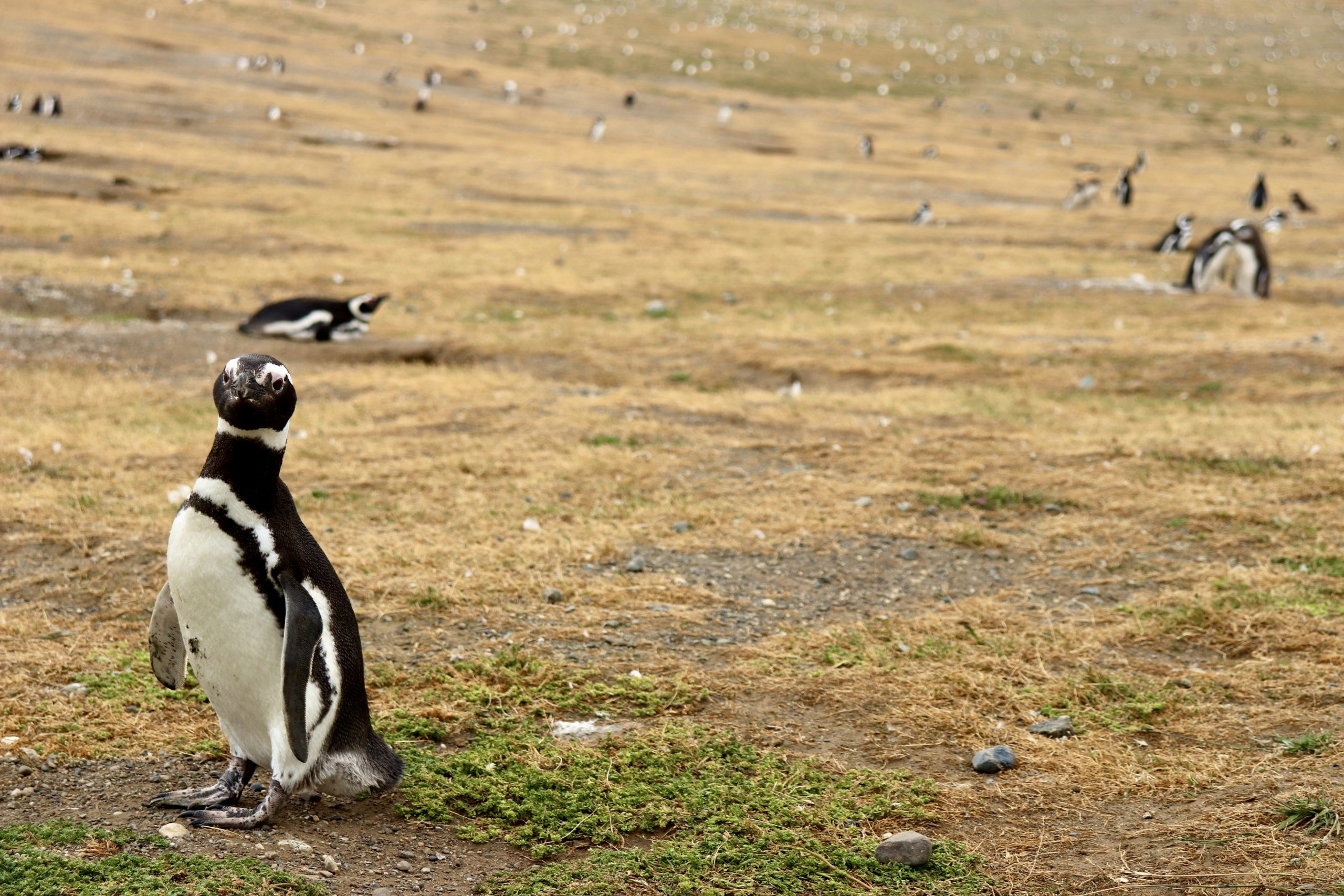
Supporting Organizations and Projects
Numerous organizations are dedicated to wildlife conservation. Supporting these groups through donations or by participating in their programs can amplify their efforts.
Choosing Organizations to Support
It’s essential to research and choose reputable organizations that have a proven track record in effective conservation work. Look for transparent organizations that clearly outline how they use donations to benefit wildlife.
| Organization | Mission | Ways to Support |
|---|---|---|
| WWF (World Wildlife Fund) | Conservation of nature and reduction of the most pressing threats to the diversity of life on Earth | Donations, adoptions, memberships |
| The Nature Conservancy | Conserving the lands and waters on which all life depends | Donations, volunteering, advocacy |
| Wildlife Conservation Society | Conserve the world’s largest wild places in 14 priority regions | Donations, volunteering, attending events |
Participating in Citizen Science Projects
Citizen science projects allow us to contribute to scientific research. Participation often involves observing and recording wildlife which provides valuable data for conservation initiatives.
Creating Habitat and Safe Spaces
We don’t have to be in a conservation hotspot to make a difference. Here are some ways we can create wildlife-friendly spaces in our communities or at home:
Garden for Wildlife
By planting native species and creating water sources, we can attract and support local wildlife. Avoiding pesticides and using organic gardening methods can also protect the insects and birds that visit our gardens.
Providing Food and Shelter
Bird feeders, bat boxes, and insect hotels can provide essential resources for wildlife. Ensure feeders and shelters are safe from predators and cleaned regularly to prevent disease.
Participating in Community Clean-ups
Litter is harmful to many wildlife species. Participating in or organizing community clean-ups can make a big difference. It’s a great way to get involved locally and see immediate benefits.
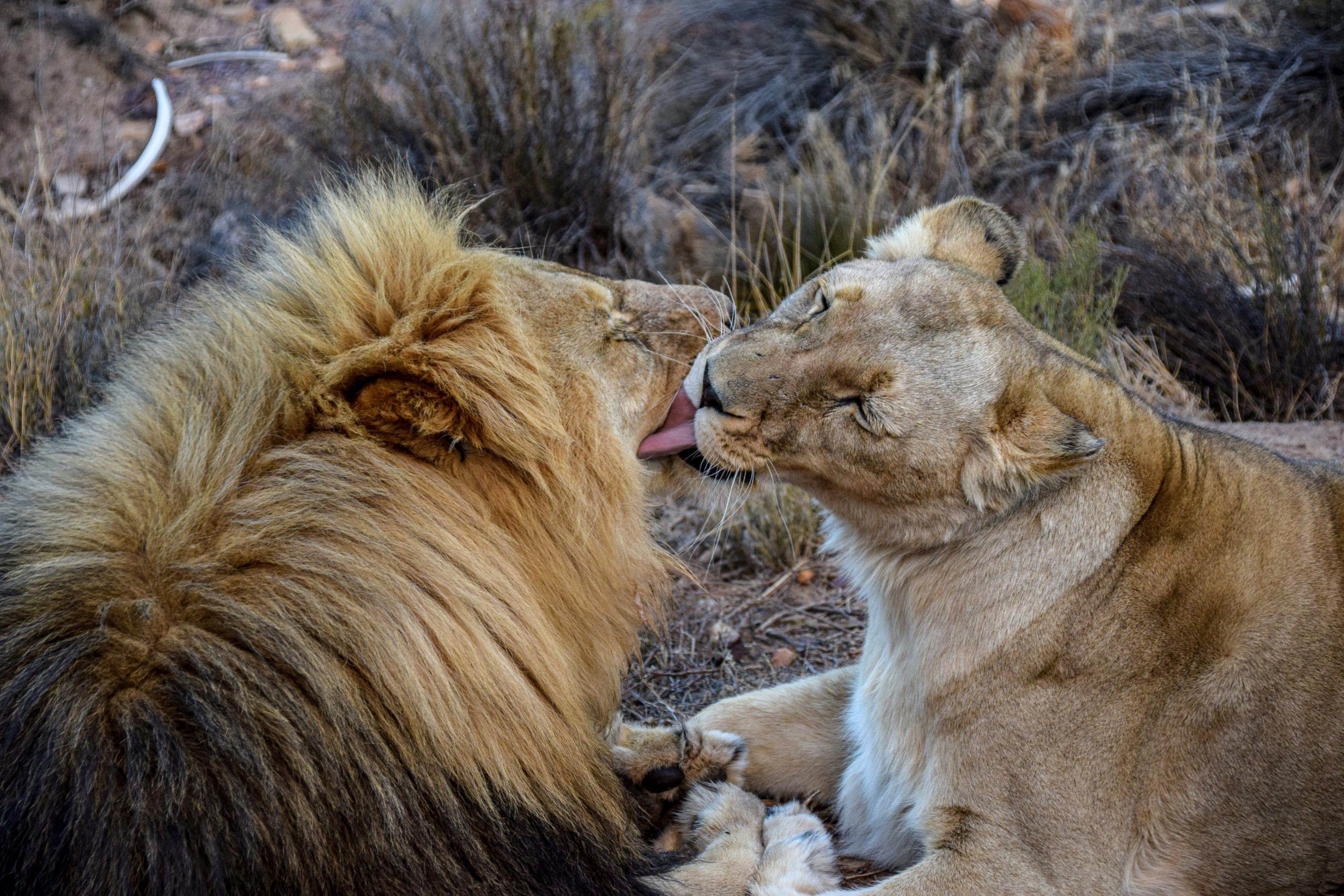
Advocating for Policy Changes
Advocacy is a powerful tool for wildlife conservation. By supporting policies that protect wildlife and habitats, we can bring about significant change.
Engaging with Local Representatives
We can communicate with our elected officials about the importance of wildlife conservation. Writing letters, making phone calls, and attending town meetings are impactful ways to voice our concerns and support conservation policies.
Participating in Public Consultations
Public consultations are opportunities for us to express our opinions on environmental issues before decisions are made. Our input can influence policies that affect local and national wildlife conservation efforts.
Supporting Wildlife-friendly Legislation
Support and vote for legislation that promotes environmental protection and wildlife conservation. Legislative changes can provide the necessary framework and funding for large-scale conservation projects.
Encouraging Sustainable Practices
Every individual action counts when it comes to conservation. Adopting more sustainable practices in our daily lives can have a positive cumulative effect.
Reducing Carbon Footprint
Limiting energy use, driving less, using renewable energy sources, and supporting eco-friendly businesses can help reduce our carbon footprint and its impact on wildlife habitats.
Sustainable Agriculture
Supporting farmers who practice sustainable agriculture helps preserve natural habitats and promotes biodiversity. Organic, local, and seasonal foods typically use fewer dangerous pesticides and can support landscape conservation.
Preserving Water
Water is a vital resource for all life forms. By preserving water through shorter showers, fixing leaks, and using water-efficient fixtures, we can ensure more water is available for natural habitats and the species that depend on them.
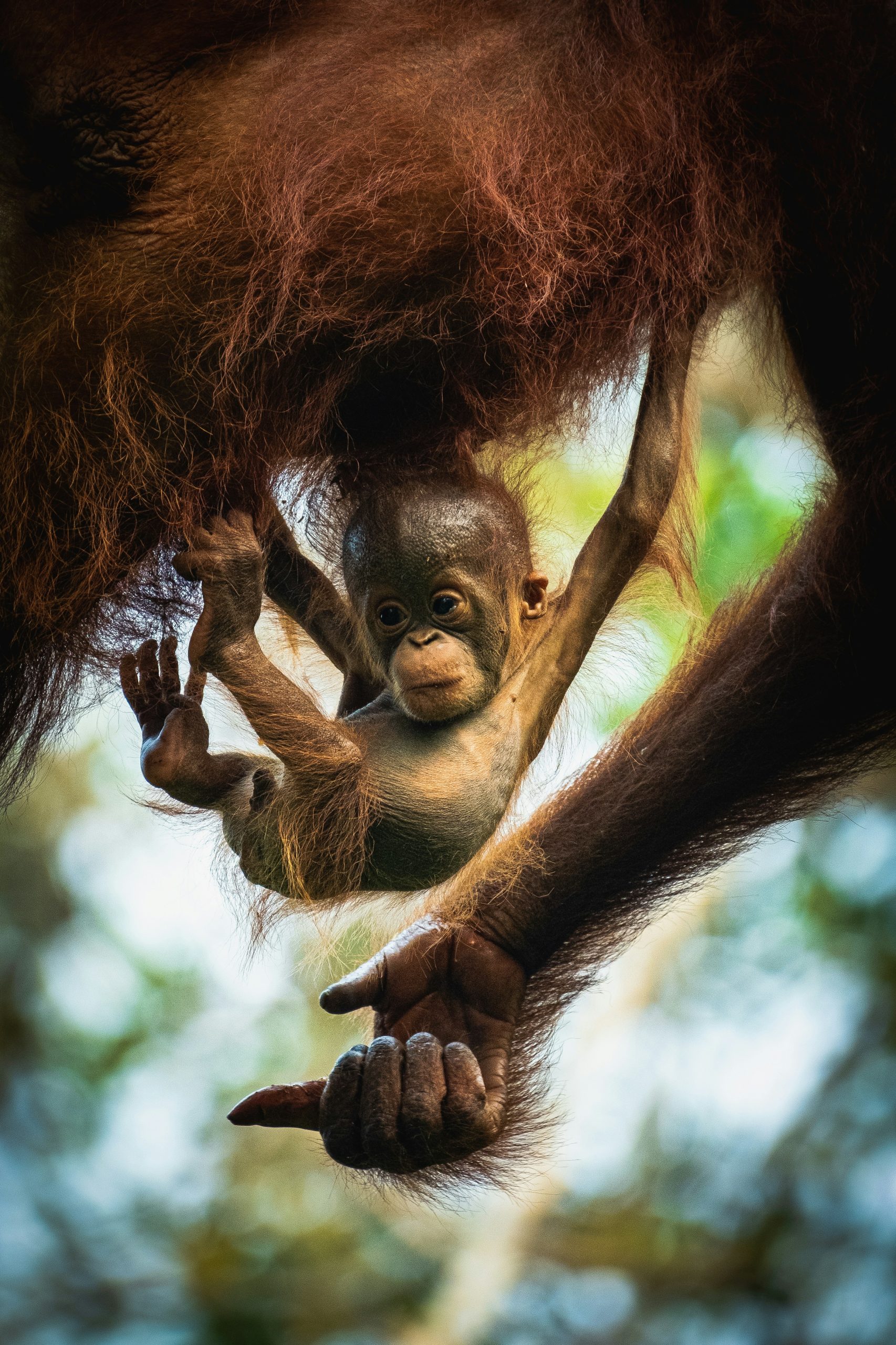
Raising Awareness
Awareness is key to change. By raising awareness of the importance and challenges of wildlife conservation, we can inspire more people to take action.
Social Media
Platforms like Facebook, Instagram, and Twitter can be powerful tools for raising awareness about wildlife conservation. Sharing articles, videos, and personal stories can inform others and encourage them to take action.
Hosting Events
Organizing or participating in events such as wildlife talks, community gatherings, or educational workshops can help engage our community and increase support for conservation efforts.
Creating Educational Content
Blogs, vlogs, podcasts, and other forms of content can reach different audiences. By creating engaging and informative content about wildlife conservation, we can spread vital information and inspire action.
Promoting Ethical Tourism
Tourism can significantly impact wildlife and habitats. By promoting and engaging in ethical tourism, we can enjoy nature and support its preservation.
Choosing Responsible Destinations
Researching and choosing destinations that promote sustainability and wildlife conservation helps support these practices. Look for conservation-focused tours and accommodations that minimize their environmental footprint.
Being Respectful of Wildlife and Habitats
In any interaction, whether local or abroad, it’s essential to respect wildlife and their habitats. This means keeping a safe distance, not feeding animals, and following local guidelines and regulations.
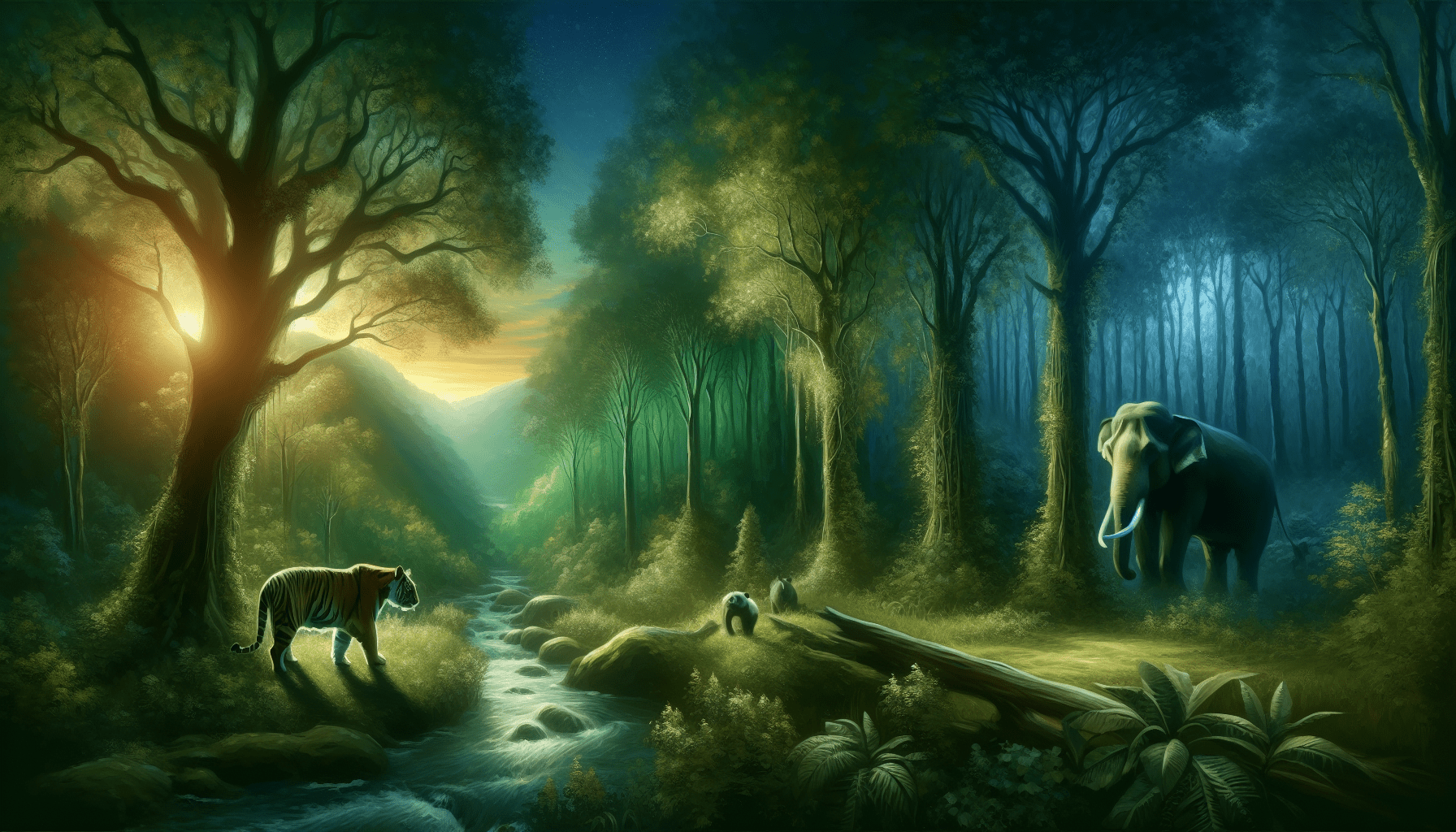
Engaging Youth in Conservation
The younger generation is the future of conservation. Engaging children and teenagers in wildlife protection efforts can foster a lifelong commitment to the environment.
Educational Programs and Nature Clubs
Schools and community organizations can offer programs and clubs that focus on conservation. Activities such as bird watching, planting trees, and nature walks can instill a love for wildlife and its preservation.
Hands-On Activities
Interactive experiences like participating in tree-planting events, visiting wildlife reserves, or volunteering at nature centers can provide practical conservation skills and knowledge.
Conclusion
Supporting wildlife conservation is a multifaceted effort that can be approached in numerous ways. Whether it’s through education, advocacy, sustainable practices, or direct action, everyone can play a part. By working together and committing to these practices, we can ensure the protection of wildlife and their habitats for generations to come. Remember, every action, no matter how small, counts towards the greater goal of conserving our planet’s biodiversity. Let’s make a difference, together.


